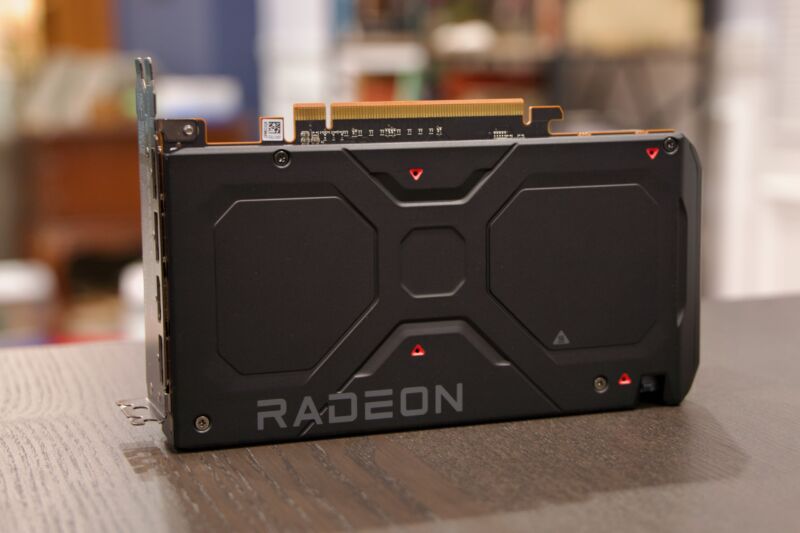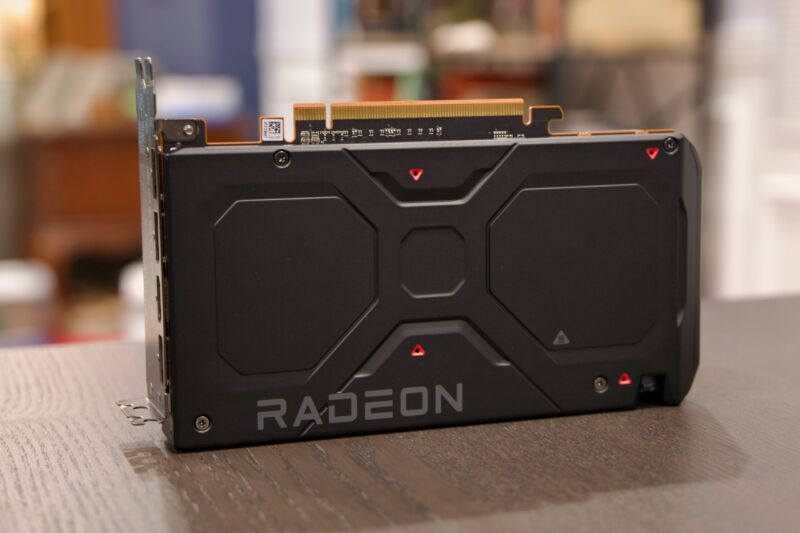Supply and demand are syncing back up after years of GPU market turmoil.

It’s been an up-and-down decade for most consumer technology, with a pandemic-fueled boom in PC sales giving way to a sales crater that the market is still gradually recovering from. But few components have had as hard a time as gaming graphics cards, which were near impossible to buy at reasonable prices for about two years and then crashed hard as GPU companies responded with unattainable new high-end products.
According to the GPU sales analysts at Jon Peddie Research, things may finally be evening out. Its data shows that GPU shipments have returned to quarter-over-quarter and year-over-year growth after two years of shrinking sales. This is the second consecutive quarter this has happened, which “strongly indicates that things are finally on the upswing for the graphics industry.”
JPR reports that overall GPU unit shipments (which include integrated and dedicated GPUs) are up 16.8 percent from Q2 and 36.6 percent from a year ago. Dedicated GPU sales increased 37.4 percent from Q2. When comparing year-over-year numbers, the biggest difference is that Nvidia, AMD, and Intel all have current-generation GPUs available in the $200–$300 range, including the GeForce RTX 4060, the Radeon RX 7600, and the Arc A770 and A750, all of which were either unavailable or newly launched in Q3 of 2022.Advertisement
JPR warned against reading too much into the sales increase, noting that it “largely reflects a cleaning out and straightening up of the distribution channel.” In other words, supply and demand are syncing back up, but the overall market for PCs and the components that go in them is still expected to continue its gradual decline.
ADVERTISING
FURTHER READING
PC gaming market is set to grow again after pandemic and overstock corrections
JPR’s numbers are backed up by ones we’ve seen from Nvidia and AMD recently. Nvidia reported that its gaming revenue was up 15 percent from last quarter and 81 percent from last year. At $2.86 billion, Nvidia’s gaming division is currently a distant second to its data center division, which made $14.51 billion last quarter thanks to Nvidia’s domination of the buzzy and lucrative AI GPU business. But it’s still a respectable bounce-back for GeForce.
AMD’s gaming division revenue was down 8 percent year over year in its most recent quarter, though the company says that was mostly due to a decline in its “semi-custom revenue,” the chips that go into products like the Xbox, PlayStation, and Steam Deck consoles. Radeon GPU sales were actually up year over year.
That’s not to say that things have totally reverted to the pre-2020 norm. Current-generation GPUs still essentially don’t exist around or below the $200 mark, with the Arc A580 and A380 being the only real exceptions. The very highest-end GPUs still sell for $1,000 or more, and there are signs that the RTX 4090, in particular, is actually getting more expensive as it becomes more popular for AI applications. And this generation’s upgrades, especially for the kinds of midrange GPUs that most people actually buy, have not increased performance as far as older upgrades have.





